WooCommerce gives you complete control over your online store - but that flexibility comes with a trade-off: your data lives in multiple places. Orders live inside WooCommerce, payouts live inside your payment gateway, fees are scattered across Stripe, PayPal, or WooCommerce Payments dashboards, and taxes depend on your local VAT or sales tax configuration.
For most sellers, pulling together a WooCommerce transaction report means exporting orders from Analytics, then matching them manually against Stripe or PayPal payouts, adjusting for refunds, shipping, coupons, and subscription renewals. It’s slow, messy, and error-prone - especially if you’re VAT-registered or selling internationally.
That’s why more WooCommerce stores now automate their bookkeeping with Link My Books. It connects WooCommerce to Xero or QuickBooks, pulls in every order and payout automatically, separates sales, refunds, fees, and taxes, and posts clean summaries that match your bank deposits to the cent. No spreadsheets, no double-handling, no more chasing missing fees.
In this guide, you’ll learn:
- How to download WooCommerce transaction reports step-by-step
- Where to find fees, payouts, and settlement data
- How order exports differ for standard orders vs WooCommerce Subscriptions
- How to use transaction data for VAT or sales tax reporting
- How to eliminate manual reconciliation with Link My Books
By the end, you’ll know exactly how to get the right report, what each number means, and how to simplify WooCommerce accounting permanently.
Key Takeaways from this Post
WooCommerce transaction reports require combining order data from WooCommerce with payout and fee data from your payment gateway, which makes manual reconciliation difficult.
Subscription renewals, refunds, coupons, and partial payments add even more complexity for VAT, sales tax, and revenue reporting.
Link My Books automates WooCommerce bookkeeping end-to-end - pulling your store and gateway data together, applying correct VAT/sales tax rules, and posting clean, reconciled summaries straight into Xero or QuickBooks.







Where Most Sellers Go Wrong With WooCommerce Transaction Reports
On the surface, WooCommerce looks simple: every order is stored in WordPress, and you can export whatever you need from Analytics → Orders. But once you start reconciling payouts, fees, refunds, VAT, subscriptions, or multi-currency transactions, the cracks show fast.
Unlike marketplaces such as Amazon or Etsy, WooCommerce doesn’t generate a unified “payout statement.” Instead, sellers must manually piece together data from:
- WooCommerce order exports
- WooCommerce Analytics revenue and tax reports
- Payment gateway dashboards (Stripe, PayPal, WooCommerce Payments, Klarna, etc.)
- Bank deposits
- Subscription renewals and failed-payment retries
- Refund logs and manual order edits
This fragmentation is the root cause of most bookkeeping mistakes. Here are the biggest ones.
1. Treating WooCommerce order totals as bank deposits
WooCommerce exports show gross order amounts - not what you actually receive.
Your payment gateway deducts:
- Processing fees
- Dispute/chargeback fees
- Subscription retry fees
- Currency conversion costs
- Instant payout fees
- Refund fees (Stripe keeps fees on refunds unless configured otherwise)
If you record WooCommerce “order totals” as revenue, you instantly overstate income and understate expenses.
2. Ignoring gateway-side fees
WooCommerce has no visibility of:
- Stripe fees
- PayPal fees
- WooCommerce Payments fees
- Klarna pay-in-3 fees
- Chargebacks and dispute adjustments
- Instant payout surcharges
These appear only in your payment gateway dashboard - not in your WooCommerce reports - which is why many stores miss hundreds (or thousands) of dollars in expenses every year.
3. Mixing VAT/sales tax into revenue
Tax handling differs by region:
- UK/EU: VAT must be separated from revenue and pulled into the correct VAT output accounts.
- US: Sales tax should be excluded from income and posted to a liability account.
WooCommerce shows tax-inclusive gross amounts, which confuses sellers and often leads to double-reporting or VAT overpayments - especially on orders that include coupons, shipping, or partial refunds.
4. Failing to track subscription renewals correctly
WooCommerce Subscriptions creates additional complexity:
- Renewal orders
- Prorated renewals
- Failed-payment retries
- Subscription switches (upgrade/downgrade)
- Partial period refunds
Each renewal order creates a new transaction ID inside WooCommerce and inside your payment gateway - but the two do not automatically link in reporting. Without careful reconciliation, subscription revenue is almost always misreported.
5. Reconciling by order date instead of payout date
Payment gateways follow payout schedules, not order schedules.
A single payout may include:
- Orders from multiple days
- Multiple subscription renewals
- Partial refunds
- Chargeback adjustments
This is why WooCommerce order exports never match your Stripe or PayPal deposits directly.
6. Spending hours combining spreadsheets and still being wrong
Most sellers eventually end up with:
- A WooCommerce Analytics export
- A Stripe/PayPal fee export
- A bank statement
- A refund log
- A subscription report
- A tax summary
And then try to manually merge everything.
This is slow. It’s error-prone. And if VAT or sales tax is involved, it becomes a compliance risk.
The Good News: There’s an Easier Way
Instead of combining WooCommerce, Stripe, PayPal, and VAT spreadsheets every month, Link My Books pulls everything together automatically. It syncs orders, fees, refunds, subscriptions, shipping, and taxes, then posts one clean summary per payout that matches your bank feed to the cent.
No mismatches, no spreadsheets, no reconciling order-by-order.
How to Get a WooCommerce Transaction Report the Easy Way (With Link My Books)

If you’ve ever tried to reconcile WooCommerce orders, Stripe or PayPal fees, VAT, refunds, and subscription renewals manually, you already know it’s one of the most time-consuming parts of running a store. WooCommerce keeps order data. Your payment processors keep payout and fee data. And none of it lines up neatly without hours of spreadsheet work.
Link My Books eliminates that work completely.
Instead of exporting CSVs from WooCommerce, Analytics, Stripe, PayPal, or WooCommerce Payments, Link My Books pulls everything together automatically and posts clean, reconciled summaries directly into Xero or QuickBooks.
Here’s how it works:
Step 1: Connect WooCommerce to Link My Books
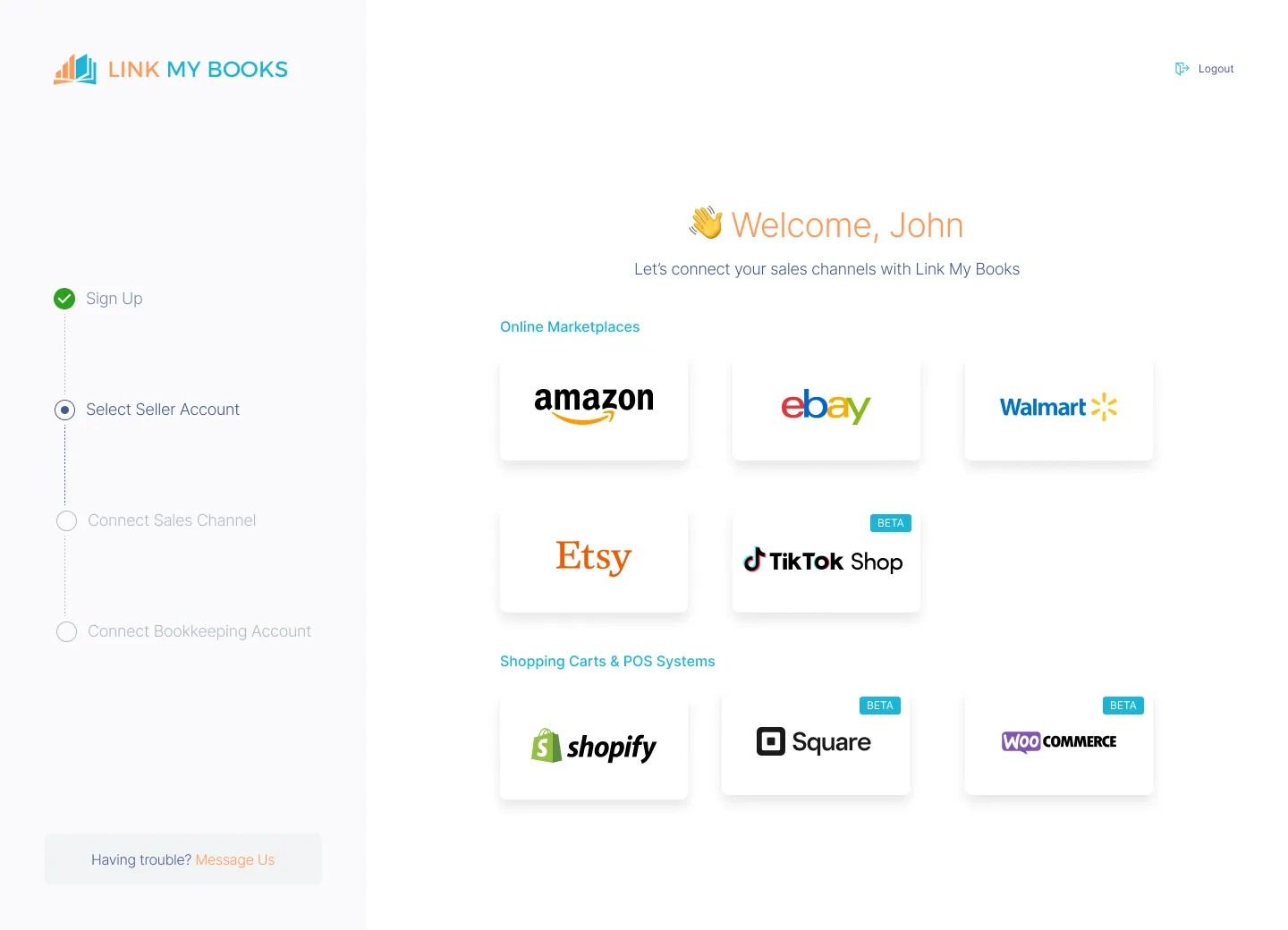
- Connect your WooCommerce account to Xero or QuickBooks via Link My Books.
- Once connected, Link My Books begins fetching your order and settlement data automatically.
Step 2: Ensure your payment gateway fees are captured
Since WooCommerce doesn’t store payment-processor fees or payout data, you’ll need to ensure those fees are brought into your accounting workflow. When using Link My Books, you connect your WooCommerce store (the sales channel) and then either:
- Use a gateway that passes fee/payout data through WooCommerce into LMB (if supported by your channel)
- Capture gateway payouts and fees separately and map them to clearing accounts in your accounting software so they reconcile with LMB’s summaries
LMB creates summaries for your WooCommerce sales, refunds, fees and taxes through the channel integration; if your payment processor doesn’t feed into WooCommerce, you’ll need to import the fee data separately.
Step 3: Complete the setup wizard
The wizard guides you through mapping every category once:
- Sales income for standard orders and subscription renewals
- Refunds posted correctly as contra-income
- Platform and gateway fees routed to operating expenses
- Shipping income and shipping costs posted separately
- VAT or sales tax mapped by region (US sales tax vs UK/EU VAT/OSS)
- COGS mapping if you want true profit per payout
After setup, Link My Books remembers your preferences permanently.
Step 4: Choose Manual Sync or AutoPost
You can review each payout before posting (Manual Sync), or let Link My Books publish summaries automatically as soon as a new Stripe/PayPal/WooCommerce Payments deposit appears (AutoPost).
Most WooCommerce stores choose AutoPost because it keeps books fully up to date in real time.
Step 5: Reconcile in one click

Each payout is posted into Xero or QuickBooks as one clean summary invoice or journal containing:
- Gross sales
- Discounts & coupons
- Subscription renewals
- Refunds
- Gateway fees
- Chargebacks
- Shipping income
- VAT or sales tax
- Other adjustments
Open your bank feed → click “Match” → done.
No spreadsheets. No mismatches. No stress.
What this means for WooCommerce sellers
With Link My Books, you no longer need to:
- Export WooCommerce Analytics CSV
- Pull fee statements from Stripe or PayPal
- Reconcile subscription renewals manually
- Separate VAT/sales tax from gross totals
- Chase mismatched bank deposits
- Spend evenings fixing spreadsheets
Everything flows automatically into your accounting software - clean, complete, and fully reconciled.

If you want your WooCommerce accounting to run on autopilot, try out Link My Books. It takes only a few minutes to set up, and you can use it for 14 days, free of charge.
How to Get a WooCommerce Transaction Report (Manual Method)
WooCommerce doesn’t generate a single, unified “transaction report” or payout statement. Instead, your financial data is spread across two systems:
- WooCommerce (Orders, Revenue, Taxes, Refunds)
- Your payment processor (Stripe, PayPal, WooCommerce Payments, Klarna, Square, etc.
Here’s what you need to do:
- Export orders from WooCommerce → Analytics → Orders
- Export tax totals from Analytics → Taxes
- (Optional) Export refunds and coupons from Analytics → Revenue
- Export raw order data from WooCommerce → Orders (depending on your setup, may require a CSV exporter)
- Export fees & payouts from your payment gateway (Stripe, PayPal, etc.)
- Combine the datasets for reconciliation
Step #1: Export Your WooCommerce Orders (Primary Transaction Data)
This is your main WooCommerce report and works on every WooCommerce store.
Find it in: WooCommerce → Analytics → Orders
- Select your date range.
- Apply filters if needed (product, coupon, customer, refund status).
- Click Export (top-right corner).
What this export includes:
- Gross and net sales
- Discounts
- Shipping charges
- Taxes collected
- Line items (simplified)
- Order status
- Payment method
- Subscription renewals (if the Subscriptions plugin is installed - they appear as standard renewal orders)
Limitations to be aware of:
- Does not include payment gateway fees
- Metadata and custom fields may not appear unless a CSV export extension is installed
- Refund amounts appear only if the order has a refunded status, not as separate lines
These limitations are confirmed across WooCommerce’s Analytics documentation and developer guidance.
Step #2: Export WooCommerce Tax Reports (VAT or Sales Tax)
Tax data lives in a separate section.
Where to find it: WooCommerce → Analytics → Taxes
- Select the reporting period.
- Review tax codes and totals.
- Click Export.
This is essential for:
- UK/EU VAT returns (including standard, reduced, zero-rated classes)
- US sales tax reports (if using WooCommerce Tax)
- OSS/IOSS reporting
This export provides tax totals, not line-level tax per order. WooCommerce core does not provide a built-in “tax-per-item” export without custom reports or plugins.
Step #3: Export Revenue, Refund, and Coupon Data
WooCommerce core does not include a standalone “Refunds” export screen unless store owners add extensions - but refunds are visible and exportable from Analytics → Revenue, depending on your WooCommerce version.
Where to find it: WooCommerce → Analytics → Revenue
What you can export:
- Total refunds
- Net revenue
- Discount/coupon usage
- Shipping collected
You may need to filter by refund status and export the Orders dataset again to isolate refunded orders.
Some WooCommerce setups allow exporting refunds via the Orders CSV tool; others require plugins (e.g., built-in CSV Exporter, Admin Columns, WP All Export).
Step #4: Export Raw WooCommerce Orders (Advanced Detail)
If you need more detailed data - such as billing fields, custom checkout fields, or subscription metadata - you’ll use the Orders screen.
Where to find it: WooCommerce → Orders
WooCommerce core provides basic order data, but full line-item and metadata exports may require a CSV export extension:
- Bulk actions → Download CSV (on some hosting bundles/versions)
- Or via the built-in “WooCommerce CSV Exporter” if installed
- Or via a plugin (common on production stores)
Subscription renewals appear as separate orders here, with:
- Renewal order numbers
- Retry attempts (not always visible without plugins)
- Statuses (processing, failed, cancelled, etc.)
Step #5: Export Payouts, Fees & Adjustments From Your Payment Gateway
WooCommerce does not store or calculate payment gateway fees. This information only exists in the payment processor dashboards.
Stripe
Dashboard → Payments or Payouts → Export CSV
Includes:
- Processing fees
- Dispute fees
- Instant payout fees
- Net payout totals
PayPal
Activity → Statements → Download CSV
Includes:
- PayPal fees
- Reversals
- Chargebacks
- Net deposits
WooCommerce Payments
Payments → Deposits → Download
(Only available if WooCommerce Payments is enabled.)
Klarna / Square / Authorize.net / etc.
Each processor maintains its own payout/fee reports.
This is the only reliable way to know:
- Why your net payout differs from WooCommerce order totals
- What fees were applied
- How subscriptions were charged or retried
Step #6: Combine WooCommerce + Gateway Data
This is the step sellers struggle with the most because the WooCommerce order date almost never matches the payment gateway payout date.
To reconcile manually, you must combine:
- WooCommerce Order Export
- Analytics Tax Export
- Analytics Revenue/Discount/Refund summary
- WooCommerce Orders CSV (optional)
- Stripe/PayPal/WooCommerce Payments payout reports
- Your bank feed
It’s slow and error-prone - which is exactly why most WooCommerce stores eventually switch to automation.
How Link My Books Makes Accounting for WooCommerce Easy

WooCommerce is powerful - but its financial data is fragmented. Orders live in WooCommerce. Fees and payouts live in Stripe, PayPal, WooCommerce Payments, Klarna, and other gateways. VAT or sales tax applies differently depending on your region. And if you use WooCommerce Subscriptions, renewal orders create even more complexity.
Link My Books solves all of this.
Instead of exporting multiple CSVs and trying to reconcile them manually, Link My Books pulls everything together automatically and posts clean, reconciled summaries into Xero or QuickBooks. It’s the fastest, most accurate way to manage WooCommerce bookkeeping.
Here’s how it makes your accounting dramatically easier:
Accurate Payment Gateway Fee Handling
WooCommerce itself does not record Stripe, PayPal, or WooCommerce Payments fees, which is why many stores struggle to reconcile gross order values with the net amounts hitting their bank account.
Link My Books pulls in your WooCommerce sales, refunds, taxes, and subscription activity directly from your store and then helps you reconcile these totals against the payouts from your payment processors. If your gateway does not pass fee data through WooCommerce (as is the case for Stripe, PayPal, Square, Klarna, Authorize.net, and most others), you can map those fees to clearing accounts in your accounting software so everything still reconciles cleanly.
Clean, One-Click Reconciliation
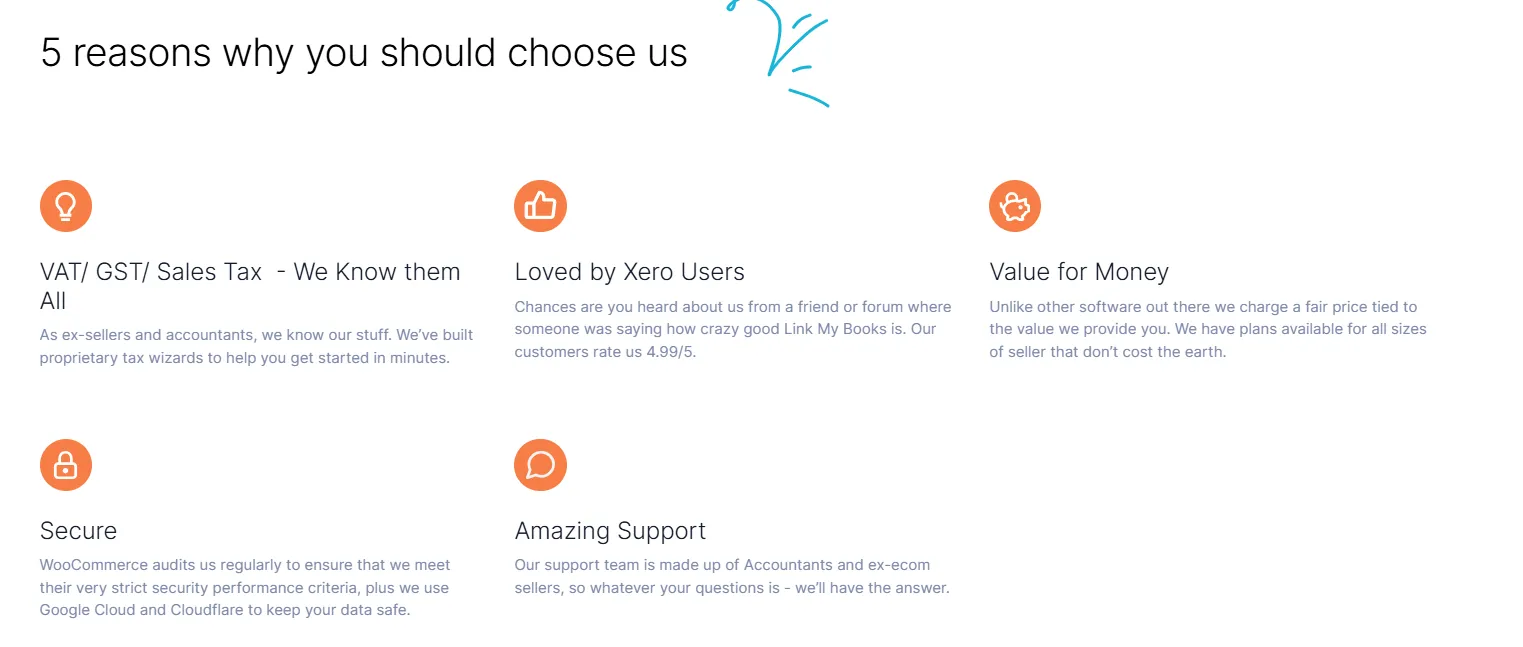
Each payout is posted as one tidy summary that includes:
- Gross sales
- Discounts and coupons
- Shipping income
- Refunds
- Subscription renewals
- Gateway fees
- Chargebacks and dispute fees
- VAT or sales tax
- Other adjustments
The total matches your bank feed exactly, so reconciliation becomes a single click. No mismatched deposits. No broken spreadsheets.
Subscription-Aware Accounting
WooCommerce Subscriptions adds complexity through:
- Renewal orders
- Prorated renewals
- Failed-payment retries
- Upgrades/downgrades
- Partial refunds
Link My Books identifies these renewal transactions automatically and maps them correctly as recurring revenue - including associated gateway fees or refunds.
No missed renewals, no overstated sales, no duplicated revenue.
Works with Xero & QuickBooks Out of the Box
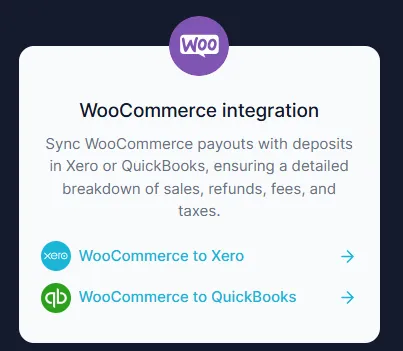
Once connected, Link My Books posts structured, audit-ready summaries directly to your ledger. Each entry is:
- Correctly mapped to your chart of accounts
- Categorized by order type, region, and tax rules
- Matched automatically with your bank feed
This removes 90% of the work from the month-end close.
Check out the WooCommerce Xero integration for more info.
Expert Support from E-commerce Accountants

The Link My Books support team is made up of qualified accountants specializing in e-commerce, VAT, and multi-channel bookkeeping. If you need help mapping accounts, handling subscription nuances, or troubleshooting VAT/Sales tax logic, you have direct access to experts.
Multi-Channel Ready as You Grow
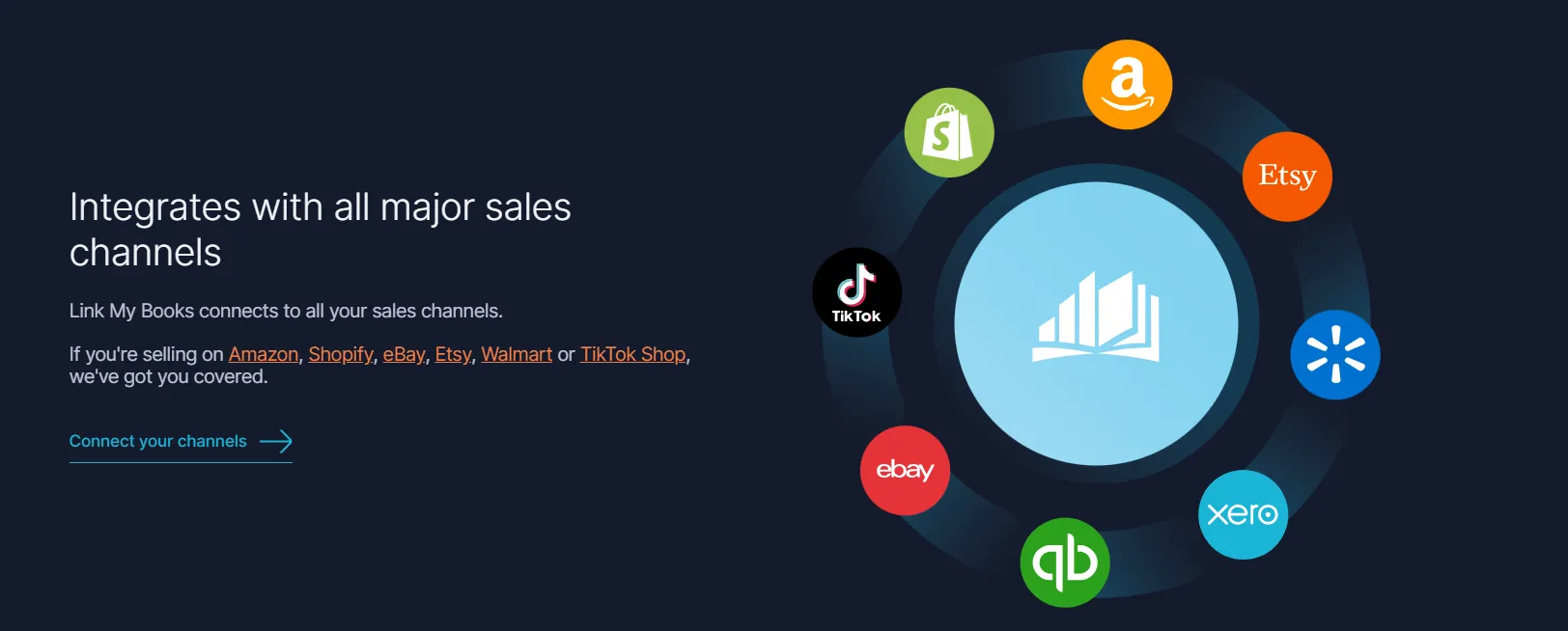
WooCommerce often isn’t your only sales channel. Link My Books also integrates with:
- Amazon
- Shopify
- Etsy
- eBay
- Walmart
- TikTok Shop
- Square
- More on the way
All channels follow the same reconciliation workflow - so your entire business stays consistent, accurate, and automated.
WooCommerce bookkeeping doesn’t need to be complicated. Link My Books centralizes your data, automates VAT/sales tax logic, handles subscription renewals, imports payment gateway fees, and posts clean summaries you can reconcile in seconds.
It’s everything WooCommerce is missing - automated.
And you can try Link My Books out for free, no credit card needed!

Essential WooCommerce Transaction Report Figures to Know
WooCommerce stores generate multiple data points across orders, taxes, shipping, refunds, and subscription renewals. But because WooCommerce does not produce a single consolidated “payout report,” understanding each figure is critical for accurate bookkeeping.
Below is a breakdown of the most important components in your WooCommerce transaction data - and how each affects your financial reporting.
This section is fully platform-agnostic and applies whether you use Stripe, PayPal, WooCommerce Payments, Klarna, Square, or any other gateway.
WooCommerce Transaction Report Summary Table
Gross Sales vs Net Sales
WooCommerce’s gross sales reflect the total customer order amount, including product price, shipping, and taxes.
Your net sales subtract discounts and refunds, giving you a more accurate picture of revenue.
WooCommerce Analytics clearly distinguishes these two figures — but your payment gateway never shows “gross sales,” only net payouts.
This is why manual reconciliation between the two systems is so difficult without automation.
Discounts, Coupons, and Promotions
WooCommerce applies coupon codes at order level.
If you’re running seasonal or influencer-driven promos, your Analytics export will list the coupon code, discount amount, and which orders it applied to.
From an accounting standpoint, these reduce your revenue - they are not expenses.
Link My Books automatically nets them against gross revenue.
Taxes: VAT or Sales Tax
WooCommerce supports global tax rates for:
- UK/EU VAT (including reduced/zero-rated classes)
- US sales tax (using WooCommerce Tax or third-party rules)
The Analytics → Taxes report shows how much tax was collected per code or rate.
Important: WooCommerce stores taxes inside order totals, so they must be separated in accounting - otherwise revenue is overstated.
Link My Books handles this separation automatically for both VAT and sales tax workflows.
Shipping Income and Shipping Costs
WooCommerce order exports include shipping income, but not carrier costs, because those costs happen outside WooCommerce unless you store them manually.
This means:
- Shipping charged to customer = income
- Shipping label or carrier cost = expense
Without splitting these two lines, delivery margins become impossible to track accurately.
Link My Books posts shipping income separately and allows correct expense mapping for shipping cost categories.
Refunds and Partial Refunds
WooCommerce supports:
- Full refunds
- Partial refunds
- Subscription prorated refunds
- Manual negative line-item adjustments
However, refunds appear differently depending on how they were processed:
- In Analytics, refunds reduce net revenue.
- In raw order exports, refunded orders may still show positive values unless refund lines are included.
- In payment gateways, refunds may incur additional fees (Stripe keeps fees unless configured otherwise).
This mismatch is one of the biggest causes of reconciliation errors.
Link My Books posts refunds as contra-income, ensuring they reduce sales without inflating expenses.
Gateway Fees and Payouts
WooCommerce never records fees.
Stripe, PayPal, Klarna, Square, and WooCommerce Payments all deduct fees and charges before depositing money into your bank.
Typical fee types include:
- Processing fees
- Chargeback/dispute fees
- Instant payout fee
- FX conversion fees (for international orders)
- Subscription retry or renewal fees (gateway-dependent)
Your WooCommerce exports will never show these figures - they must be pulled from each gateway.
Subscription Renewals (WooCommerce Subscriptions)
If you use WooCommerce Subscriptions, renewal orders are stored as separate orders with unique IDs.
This means:
- Renewals appear in Analytics just like normal orders
- Payment gateways charge renewal fees separately
- Failed-payment retries create additional events in the gateway
- Proration and upgrades/downgrades alter revenue patterns
WooCommerce does not tie these gateway-level events neatly to order exports.
WooCommerce provides order-level data, while payment gateways provide payout-level data. To produce a true transaction report, you must combine the two, which is exactly what Link My Books automates.
How to Use WooCommerce Transaction Report Figures for VAT Calculation
WooCommerce gives you the raw data needed for VAT reporting, but it does not calculate or file VAT for you. It also doesn’t automatically separate VAT from revenue inside your accounting software - which is why so many WooCommerce sellers accidentally overpay or underpay VAT.
Here’s how to use WooCommerce transaction report data correctly when preparing VAT returns, whether you're using standard WooCommerce, WooCommerce Tax, or custom VAT rates.
This section applies to UK and EU sellers and reflects how WooCommerce actually stores and exports VAT information.
1. Separate VAT From Your Gross Sales
WooCommerce stores tax inside the order total. This means the numbers you see in:
- Analytics → Orders
- Analytics → Revenue
- Orders CSV exports
…are VAT-inclusive by default unless your store is configured otherwise.
To calculate VAT correctly, you must extract:
- Net sales value (excluding VAT)
- VAT amount (tax collected)
- Zero-rated or reduced-rate totals
- Refund-related VAT adjustments
WooCommerce’s Analytics → Taxes report shows VAT per tax code, but not per line item.
For accounting, you must tie these tax totals back to your sales data.
2. Identify the Right VAT Rates for Each Order
WooCommerce allows you to configure tax classes such as:
- Standard rate (20% UK)
- Reduced rate (5% UK)
- Zero-rated (0%)
- EU country-specific VAT rates
- Exempt products/services
If you sell internationally, WooCommerce may apply:
- Your home-country VAT rate
- A destination VAT rate (if using OSS/IOSS flows)
- No VAT on exported goods outside the UK/EU
- VAT on digital goods based on customer location
To prepare an accurate VAT return, you must know which rate applied to which transaction.
WooCommerce’s transaction report and tax export make this possible — but only when combined with filters and structured analysis.
3. Handle VAT on Refunds Correctly
Refunds in WooCommerce reduce:
- Revenue
- VAT liability
But only if handled properly.
WooCommerce refund behavior varies:
- If a full refund is issued, VAT is reversed entirely.
- For partial refunds, WooCommerce prorates VAT based on refunded line items.
- Payment gateways may deduct fees without refunding VAT.
A VAT return must reflect reduced output VAT from refunded orders - something easily missed if you're relying on manual exports.
4. Account for Shipping VAT (Often Forgotten)
Shipping may be:
- VAT-standard (e.g., UK)
- Zero-rated (certain goods/categories)
- Reduced rate (specific EU countries)
WooCommerce calculates shipping VAT based on the customer’s location and configured rules, but this must also be separated during reporting.
If you don’t break shipping VAT out correctly:
- You may overstate VAT
- You may understate VAT on domestic orders
- Your VAT100/OSS return will be inaccurate
5. Include Subscription VAT for Renewal Orders
WooCommerce Subscriptions creates additional VAT events:
- Renewal orders
- Switches (upgrade/downgrade)
- Prorated periods
- Partial renewal refunds
Each renewal is a new VAT charge and must be captured separately in your accounting software.
WooCommerce accurately stores this data, but it’s easy to miss when doing manual VAT calculations because renewals appear as new orders without clear differentiation in CSV exports.
WooCommerce provides the data needed for VAT, but you must separate VAT from revenue manually, account for refunds, handle shipping VAT, and treat subscription renewals correctly.
Link My Books automates all of this, giving you accurate VAT breakdowns, compliant mappings, and ready-to-file data in Xero or QuickBooks - without touching a spreadsheet.
Why You Need a WooCommerce Transaction Report

A WooCommerce transaction report isn’t just a list of orders - it’s the foundation for accurate bookkeeping, tax compliance, cash-flow monitoring, and understanding your true profitability. Because WooCommerce doesn’t generate a single consolidated settlement report, sellers often underestimate just how essential these exports are.
Here’s why they matter:
Reconciling WooCommerce Orders With Payment Gateway Payouts
Your bank deposits never equal your WooCommerce order totals.
Why? Because your payment processors deduct:
- Processing fees
- Refund fees
- Chargebacks and disputes
- FX conversion costs
- Instant payout fees
- Subscription retry fees
A WooCommerce transaction report allows you to match gross order totals with the net payout amounts from Stripe, PayPal, or WooCommerce Payments. Without this, reconciliation becomes guesswork.
Reason 2: VAT and Sales Tax Accuracy
For UK/EU sellers, WooCommerce collects VAT inside the order total, and you must extract it to calculate VAT correctly.
For US sellers, WooCommerce tax settings determine whether you collect sales tax - which must be excluded from revenue in your accounting software.
Your WooCommerce transaction report is the only place you can see:
- VAT amounts per order
- Zero-rated or reduced-rate transactions
- Taxable vs non-taxable sales
- VAT on subscription renewals
- VAT reversals on refunds
Missing this data means inaccurate VAT returns or inflated revenue reporting.
Reason 3: Tracking Refunds and Disputes Properly
Refunds in WooCommerce reduce both revenue and VAT/sales tax liability, but payment gateways often:
- Charge additional refund fees
- Keep processing fees
- Issue partial refunds
- Log disputes/chargebacks separately
Only by comparing WooCommerce order/export data to gateway payout reports can you ensure correct accounting.
Reason 4: Understanding Profitability and Costs
WooCommerce reports show:
- Gross sales
- Net sales
- Discounts
- Shipping income
- Taxes collected
But they don’t show gateway fees or settlement deductions.
A complete WooCommerce transaction report lets you combine:
- Revenue data (WooCommerce)
- Fee data (Stripe/PayPal/etc.)
- Shipping costs
- Subscription renewals
…so you can finally see your true margins.
Reason 5: Preparing for Audits or Accountant Reviews
If your accountant, HMRC, IRS, or a payment provider needs documentation, your WooCommerce transaction reports provide:
- Order-level detail
- Tax breakdowns
- Refund records
- Subscription renewals
- Source-of-truth sales values
This is essential for compliance and keeps your financials defensible.
When You Don’t Need the Report
If you’re using Link My Books, you no longer need to export or combine WooCommerce reports manually because Link My Books will:
- Imports sales, refunds, taxes, and subscriptions directly from WooCommerce
- Imports fees and payouts from your payment gateways
- Applies the correct VAT or sales tax mapping
- Posts a clean summary for every payout that matches your bank feed perfectly
FAQ on WooCommerce Seller Sales Tax & VAT Reporting

Below are the most common questions WooCommerce sellers ask about VAT, sales tax, payouts, and reporting. Each answer includes one natural internal link anchor, as requested.
Will WooCommerce send me a 1099?
WooCommerce itself doesn’t issue 1099 forms because it’s just your storefront. Your payment provider (Stripe, PayPal, Square, etc.) issues Form 1099-K when you hit federal or state thresholds. WooCommerce Payments also issues 1099-Ks if you use it as your processor. For accurate posting of those payouts in your accounting software.
How can I find sales by country on WooCommerce?
Go to Analytics → Orders, filter by “Country,” then export the CSV. This gives you an order-level export grouped by billing or shipping country, depending on your settings. It’s useful when preparing VAT returns or OSS filings. For more detailed reporting options, see WooCommerce sales report.
How far back can I see WooCommerce sales?
WooCommerce stores your full order history indefinitely unless you delete or archive orders. Analytics reports can be run for any historical date range, and Orders CSV exports also support long-range reports. If you want a long-term, organized bookkeeping archive synced automatically, the tools listed in the WooCommerce bookkeeping software can help.
Can I pull fee data from WooCommerce?
Not directly. WooCommerce does not store processing fees - Stripe, PayPal, Klarna, WooCommerce Payments, and other gateways keep that data in their dashboards. To reconcile your WooCommerce orders with gateway fees and net payouts, automation tools like Link My Books merge the datasets.
How much do I have to make on WooCommerce to file taxes?
In the US, sales tax thresholds depend on state nexus (commonly $100,000 in sales or 200 transactions, but varies by state). For income tax, your total business earnings determine filing obligations. In the UK/EU, VAT registration thresholds vary by country, and WooCommerce stores both domestic and international VAT in its tax exports.
Does WooCommerce automatically take out sales tax or VAT?
WooCommerce can calculate taxes automatically if you enable tax settings or use services like WooCommerce Tax. However, it does not remit tax for you. You’re responsible for filing WooCommerce VAT or sales tax returns unless you use a marketplace that acts as a facilitator. WooCommerce simply records the tax amounts inside each order.
How do I reconcile WooCommerce payouts with my bank account?
Match WooCommerce orders to payout batches from your payment processor (Stripe, PayPal, etc.), not to individual order dates. WooCommerce order totals rarely match bank deposits because of processing fees, refunds, disputes, and FX adjustments. This is why many stores automate reconciliation with solutions like Link My Books, which posts one summary per payout that matches your bank feed exactly.
What’s the easiest way to keep my WooCommerce accounts accurate?
Use automated syncing. WooCommerce by itself requires combining order exports, tax data, subscription renewals, and gateway fees manually. Tools like Link My Books integrate WooCommerce directly with your accounting platform and map everything correctly for you. For a full overview, see WooCommerce accounting.
Simplify Accounting for WooCommerce With Link My Books
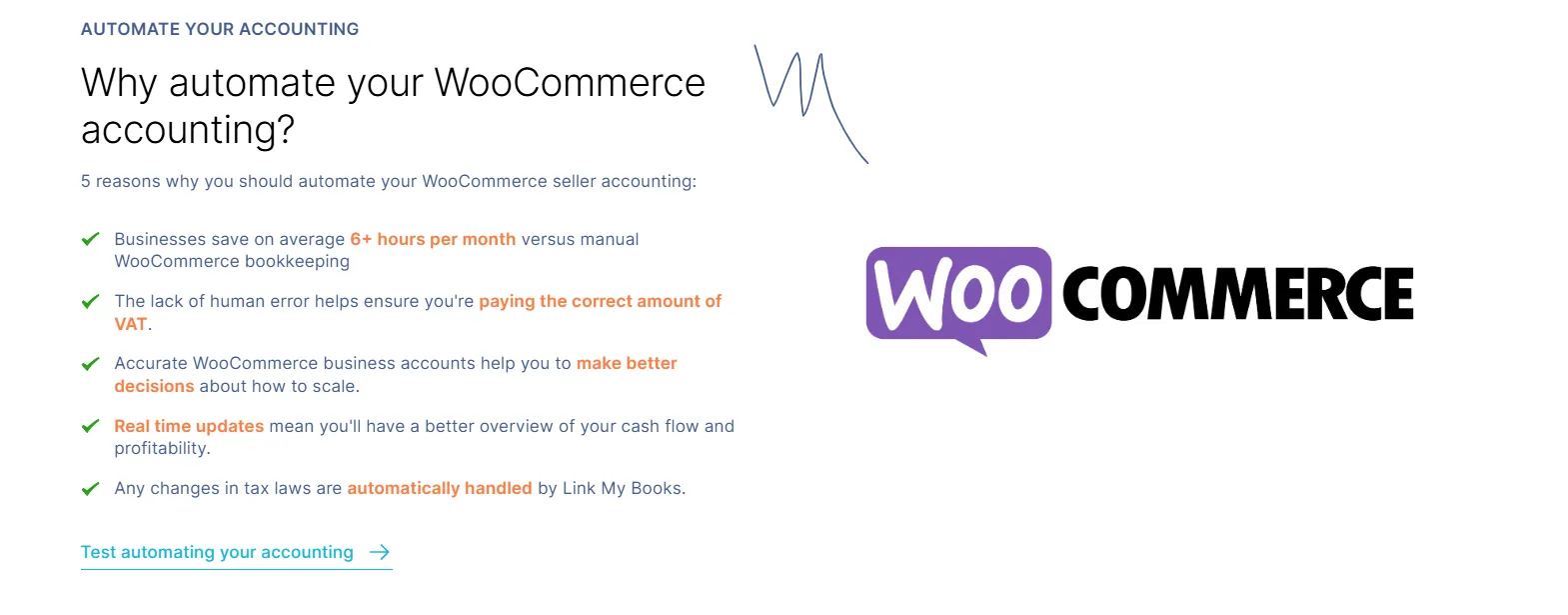
Manually stitching together WooCommerce order exports, Stripe or PayPal fees, subscription renewals, refunds, VAT, and payout data is one of the hardest parts of running a WooCommerce store. The platform gives you the raw data - but not the unified transaction report you need for clean, compliant bookkeeping. That’s why so many sellers end up with mismatched deposits, overstated revenue, and VAT errors that take hours to fix each month.
Link My Books removes that work entirely. It connects your WooCommerce store and payment gateways to Xero or QuickBooks, pulls every payout automatically, separates sales, refunds, fees, and taxes, and posts clean, reconciled summaries ready for one-click matching in your bank feed.
You get accurate books, correct VAT/sales tax mapping, and a far clearer picture of your profitability - all without exporting a single CSV file.
Whether you sell one-off products, subscription renewals, or manage multiple WooCommerce stores, Link My Books automates your entire bookkeeping process so you can focus on growth, not spreadsheets.
Integrating your WooCommerce store with Link My Books automates your bookkeeping, ensures accuracy across sales, refunds, fees, and VAT or sales tax, and gives you a clean, audit-ready record of every payout.

👉 Start your free 14-day trial of Link My Books today and experience effortless WooCommerce accounting.


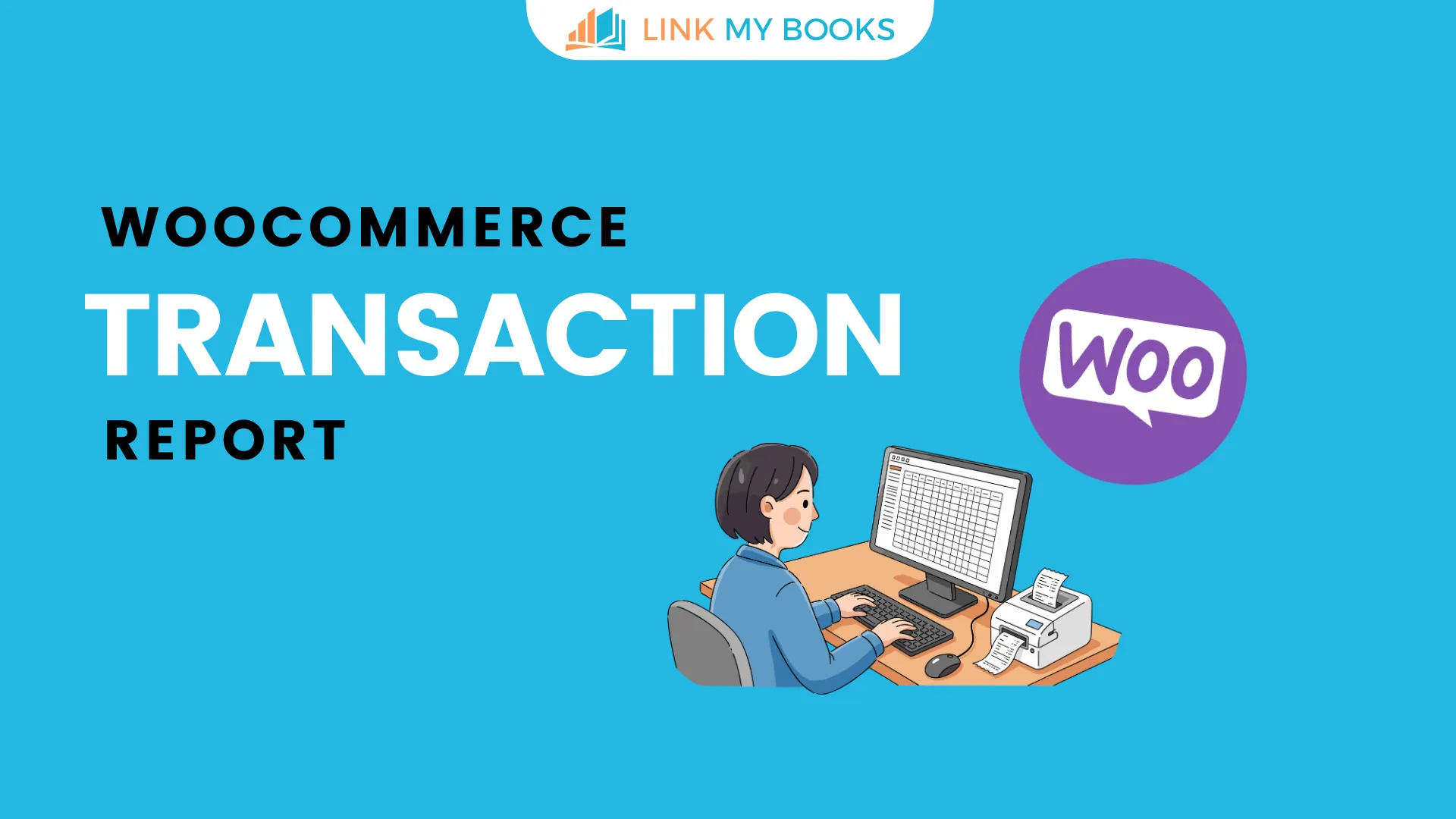







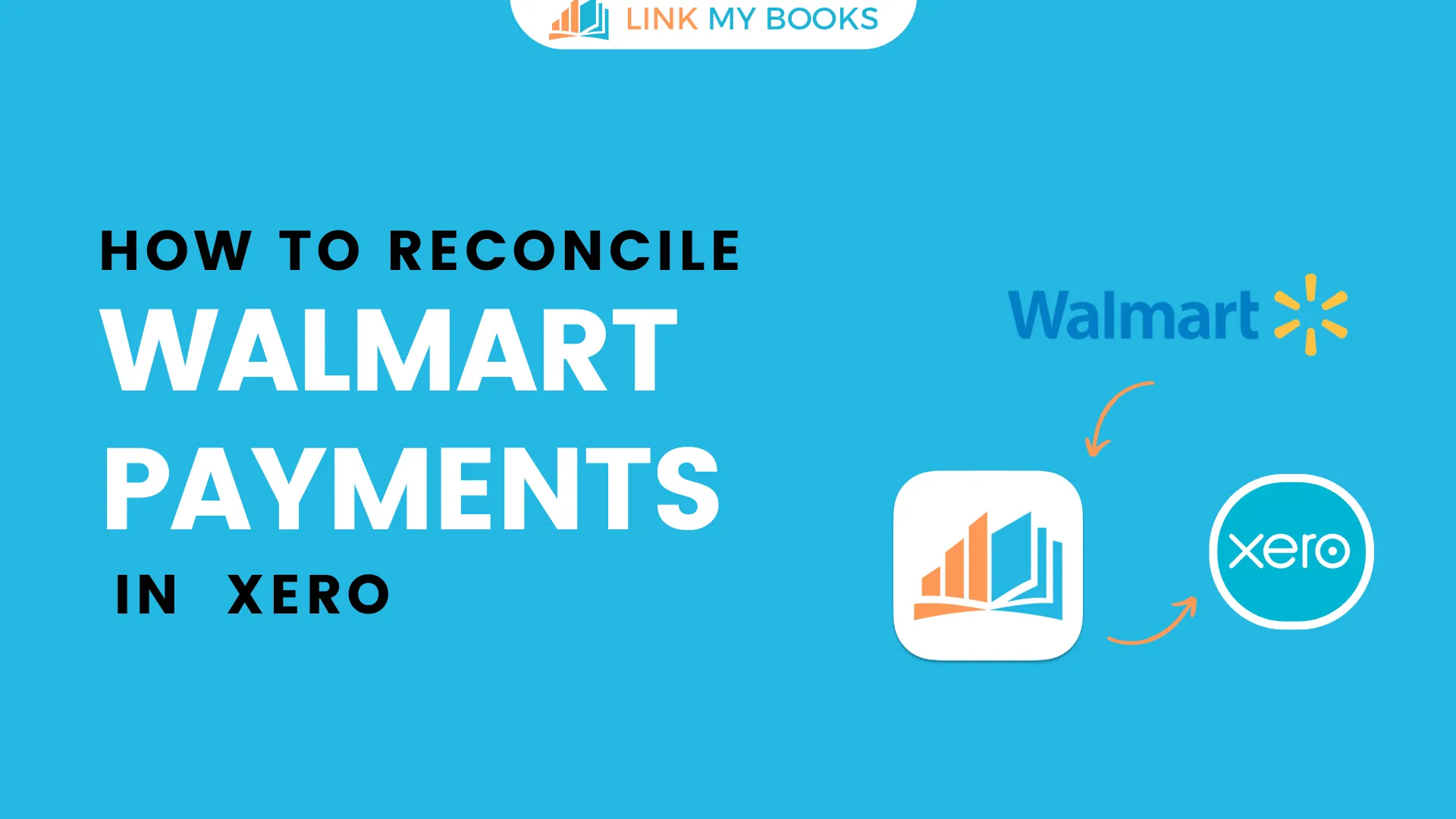
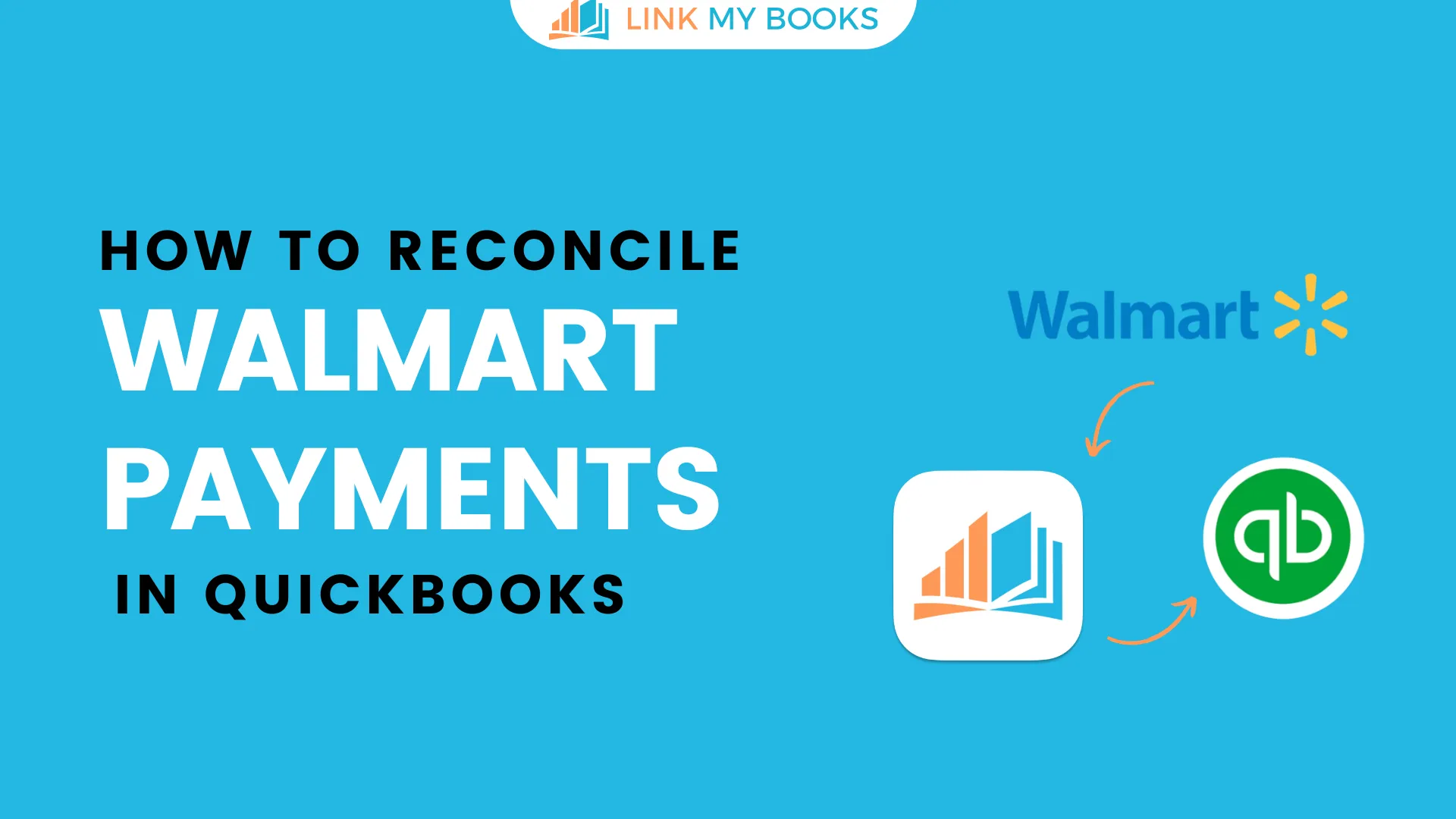
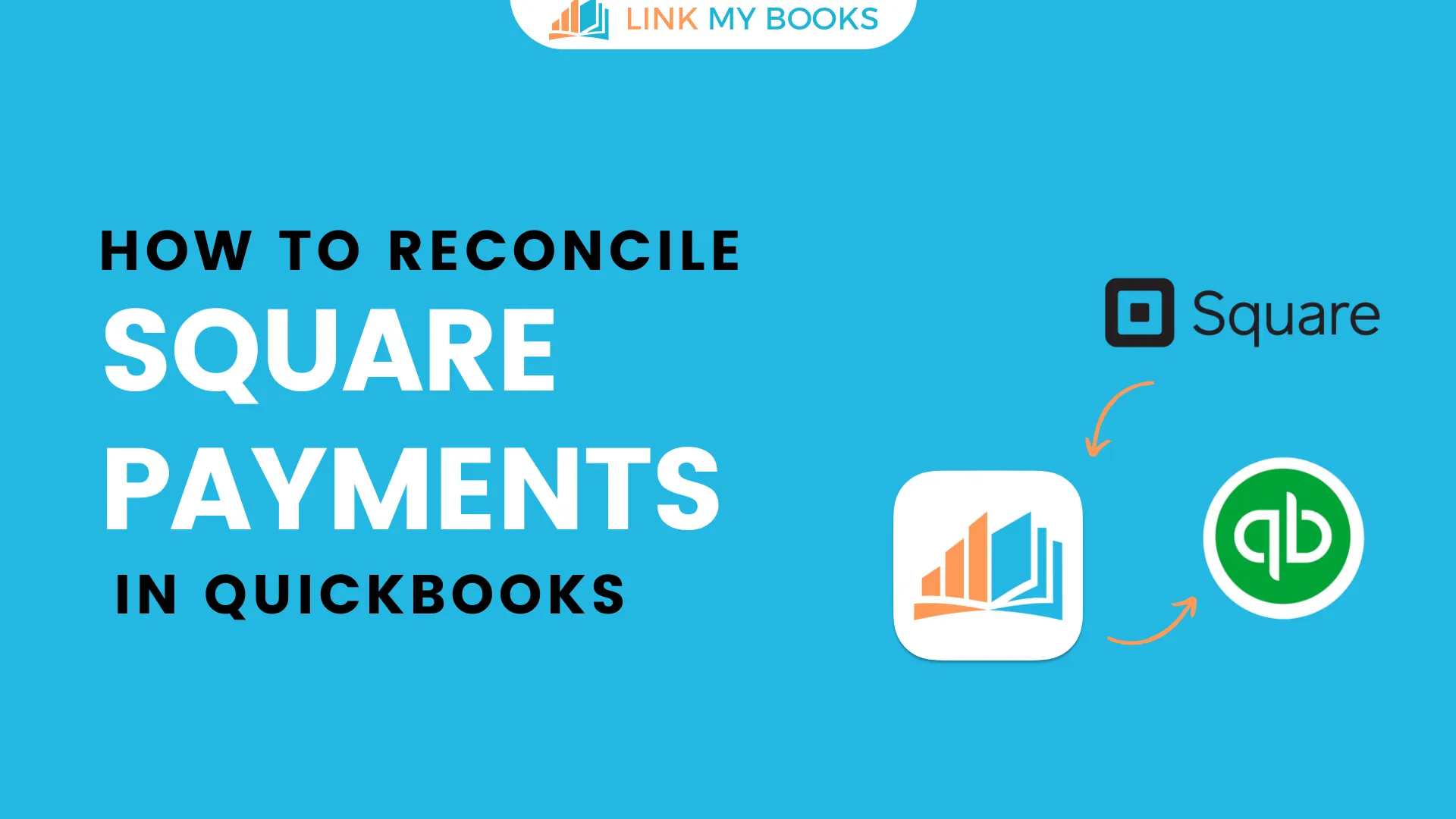
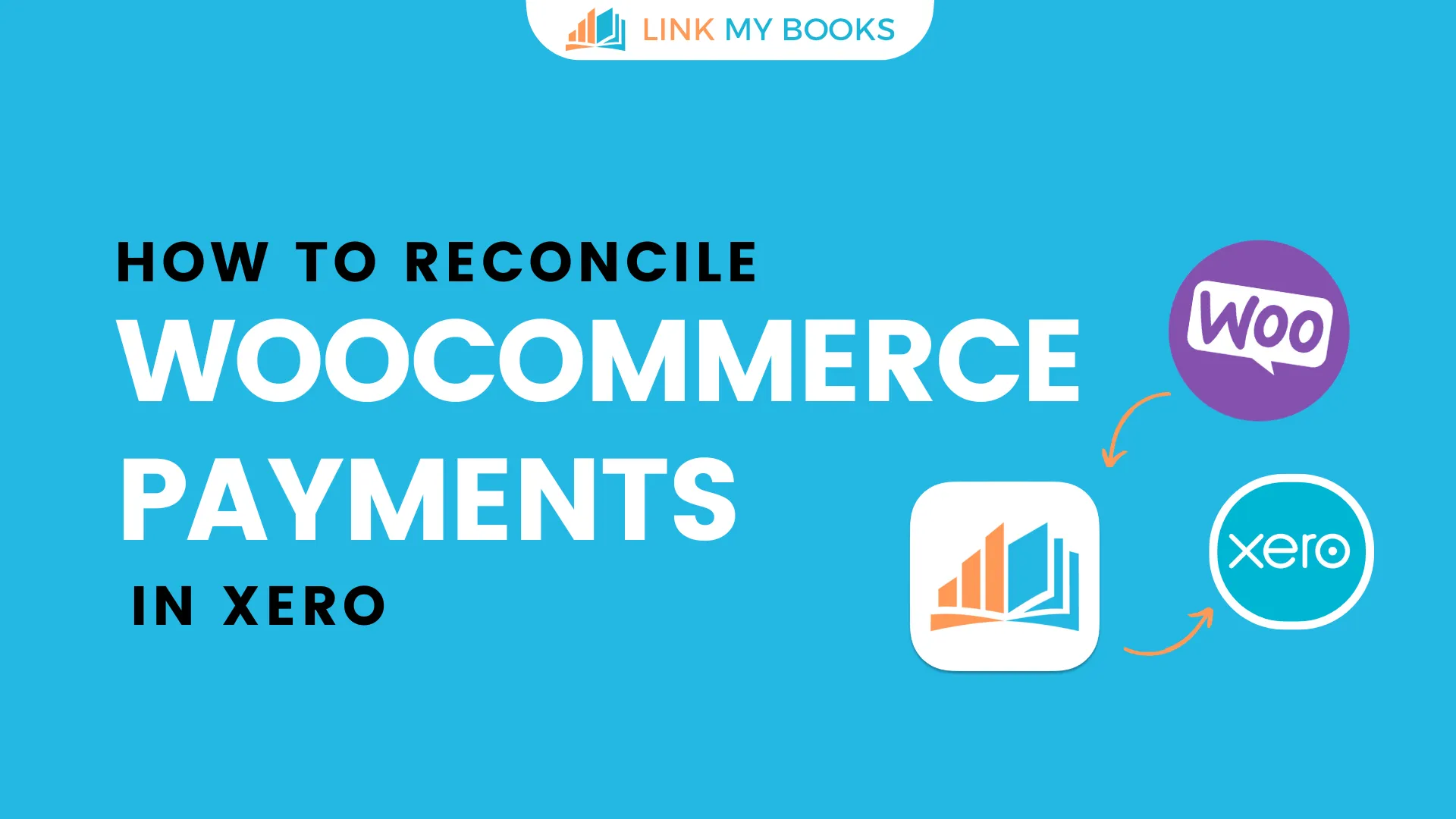



.png)